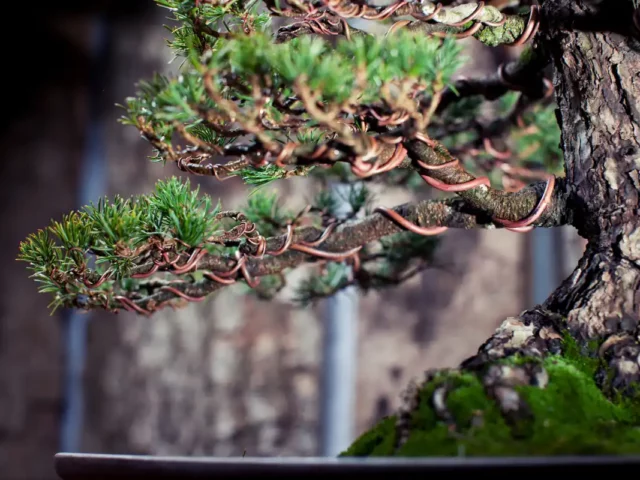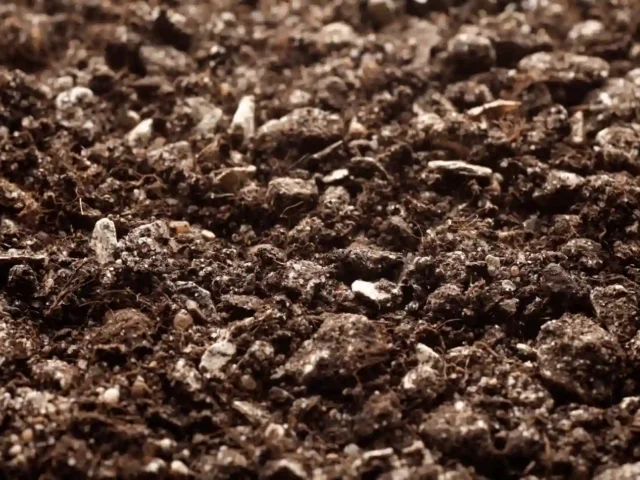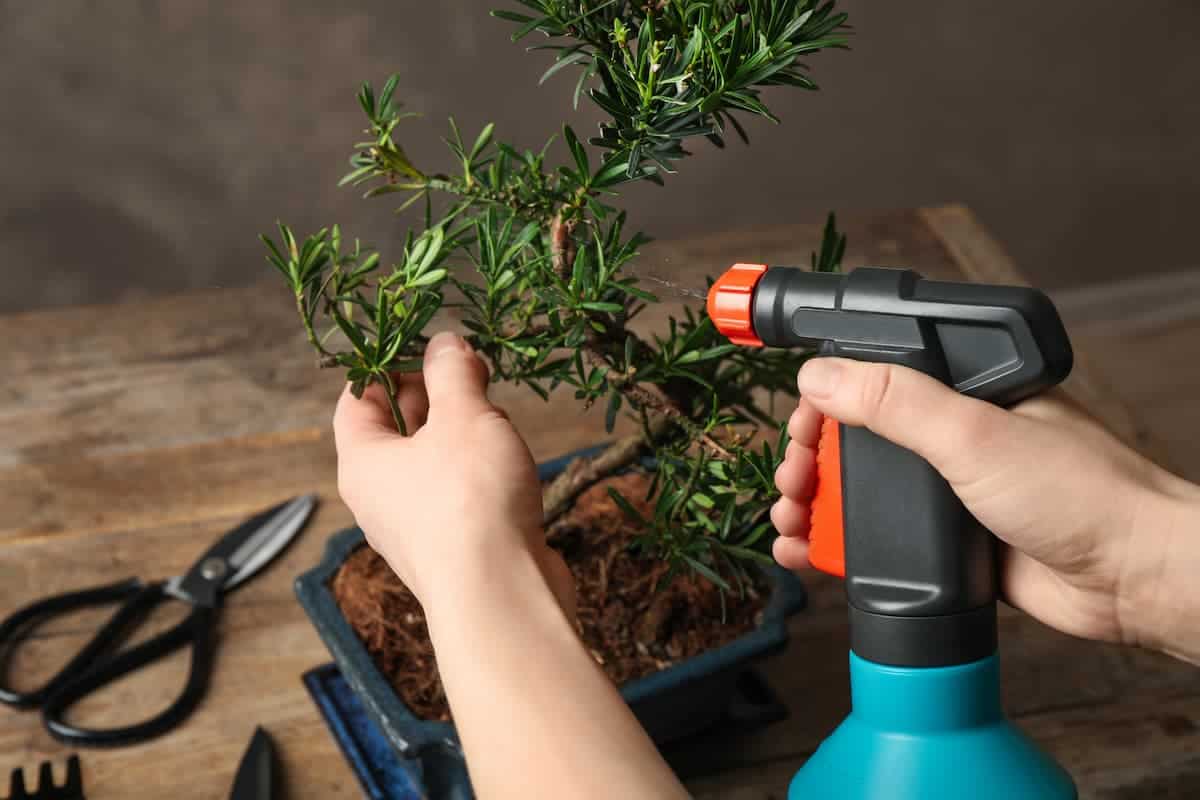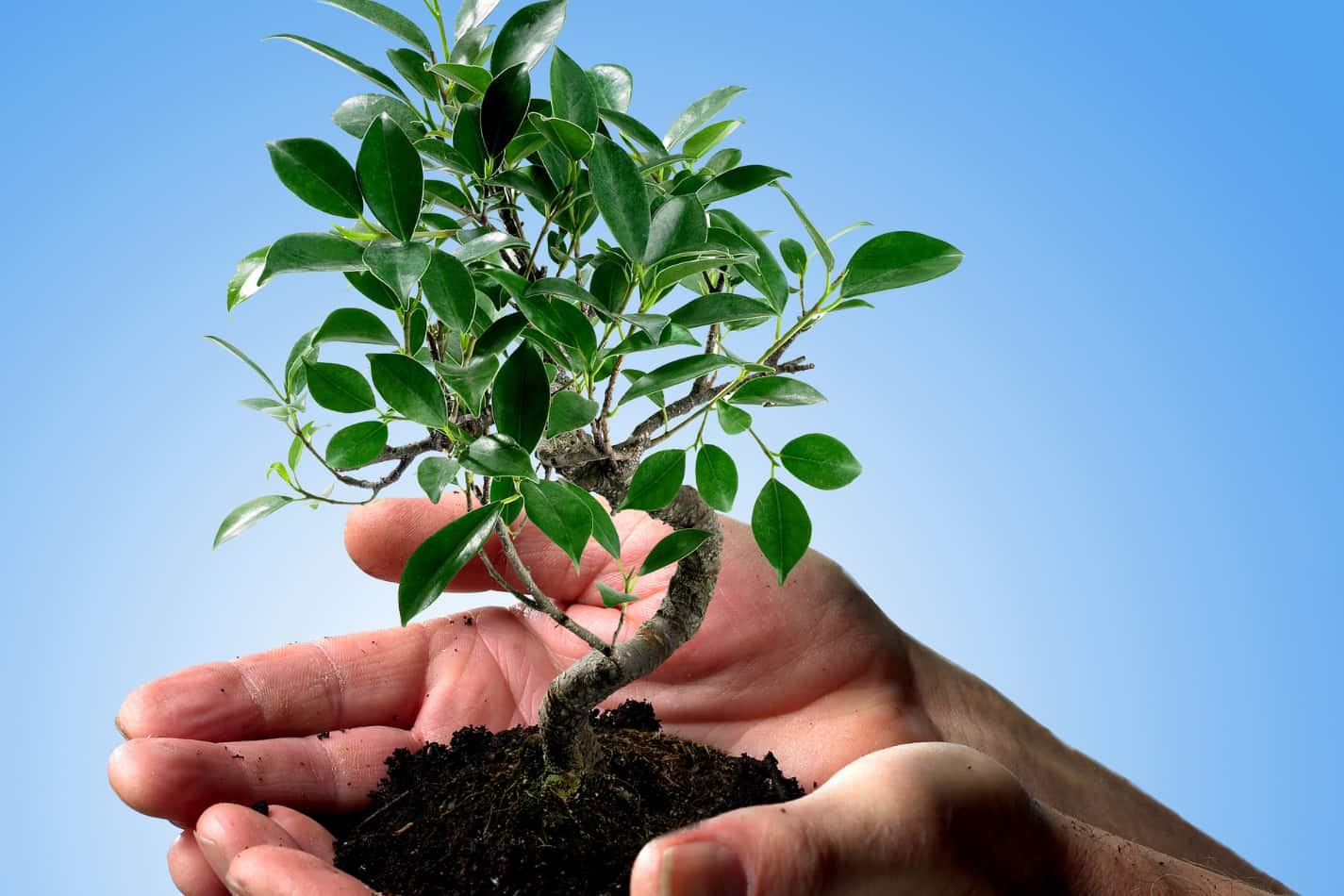A prime feature of practicing bonsai art is to control its growth. A lot of people think that this control might make the plant feel pain. Sometimes they might even assume that the plant is getting out of its natural growth process. And when we look at the methods of bonsai art, it is clear why some think this way. But, do bonsai trees feel pain?
As humans, we naturally think emotionally about a lot of things. Since Bonsai are plants, it is impossible for them to feel pain. Even in taking care of them, we make sure they are not harmed. We suit their maintenance according to their needs. Also, we have to consider the cultural and artistic values in their care.
The bonsai’s caring methods inside the home keep them small to a certain point. We also see this genetic effect on them in the wild. But, when we take care of them indoors, their natural harm is avoided.
So, bonsai do not suffer like indoor plants. Instead, it is better for their growth and lifespan.
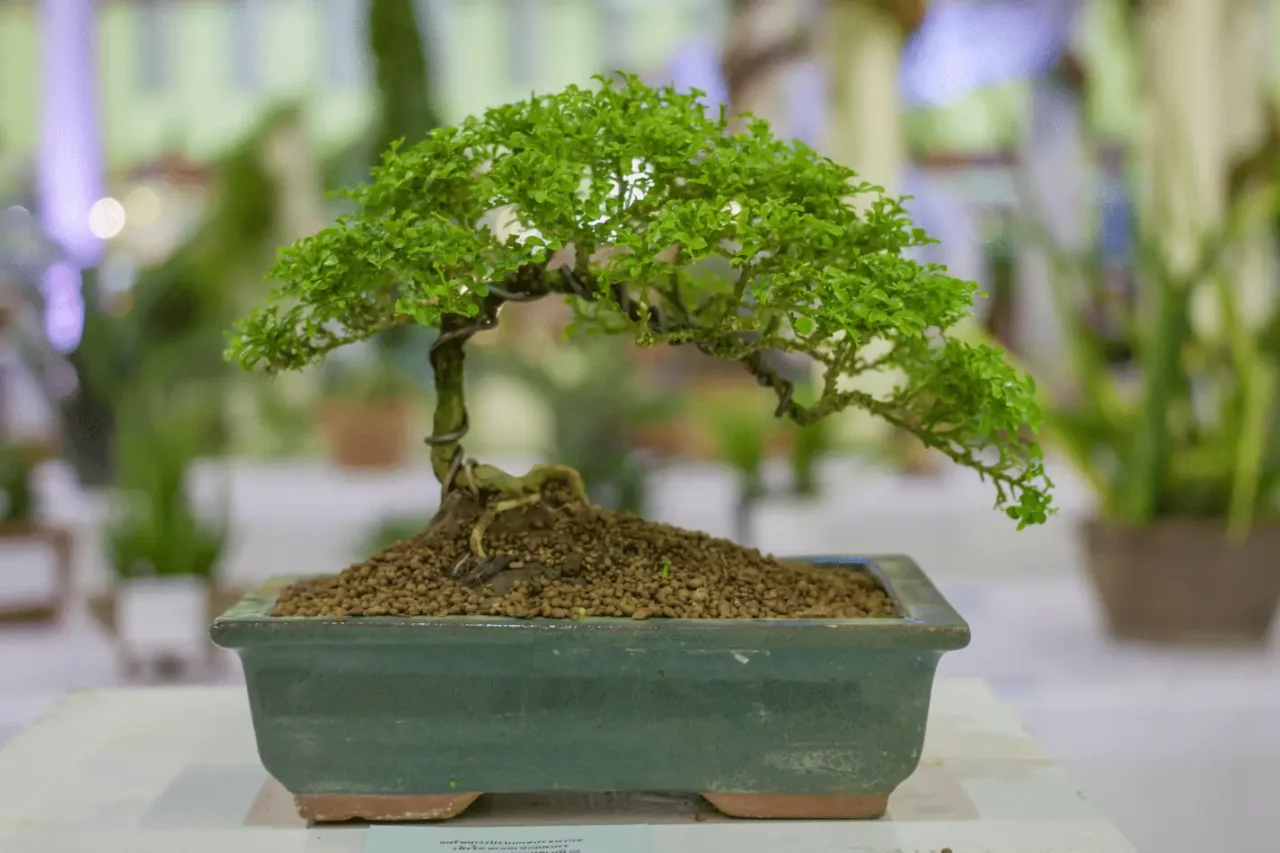
The Reason It Seems Like Bonsai Suffer
A big part of bonsai care is keeping the plant short and dwarf. Since the plant gets snipped and repotted so many times, it is easy to assume that they are harming it. But in reality, these methods are the most basic needs of the bonsai plant.
The extra work that people sometimes do on a bonsai is wiring and styling. These processes are mainly for decorative purposes. A plant will sometimes be hard-wired and restricted in root growth.
Additionally, when a bonsai’s root outgrows its pots, it will be uprooted and repotted. And as for wiring, it will make sure the bonsai grows in a refined structure. None of these harms the plant.
As perennial indoor plants, bonsai need high maintenance caretaking. The plants have to be pruned and repotted for preservation.
The tradition of bonsai art does not use cruelty; caretakers use it as a practice of effort and growth for the plant and the grower.
Many believe that this practice can ruin the natural tendency of bonsai. But, the choice of plants in this art is genetically fit for training this way.
If plants do not fit the bill, they are not considered bonsai.
A Bit of Bonsai History
A bonsai is a Japanese form of art practiced using perennial or shrub plants. The practice comes from a long time ago, where plants would be cut and shaped to imitate beautiful scenery.
Since then, it has spread worldwide. Many homes and indoor studios house bonsai as decoration and art.
From times as old as the 17th century, bonsai has been in practice. The purpose of consistently pruning and potting the tree is to train it. In this way, the tree learns to grow in the space we give it.
The training can help the plant look beautiful as well as remain healthy. And thus, we can apply landscapes and scenes to the tree as art.
In the early stages of bonsai, it developed a connection to Japan’s Zen Buddhism. It became a medium for monks to teach the culture to the people.
And now, in the modern age, it has become a household name. You can find specialized soil, pots, and bonsai planting books in almost every corner of the world.
Things That Can Harm Bonsai
People who take care of bonsai know the significance of its maintenance. But, that does not mean we can never harm it.
When bonsai are kept unattended or in the wild, they can suffer damage from certain things like natural causes, low maintenance, etc.
Natural enemies
The plants that experts choose as bonsai are in the wild. In those conditions, natural enemies of this type can attack their growth. Aphids, mites, scales, etc. are some of the organisms that can harm the bonsai.
Now, if we bring the bonsai indoors and maintain it, we can prevent this. Ultimately, the traditional care of bonsai helps the plant rather than harms it.
Low maintenance
The worst way to harm a bonsai is to skip its care. The bonsai is a high-maintenance plant type. Therefore, it requires suitable watering, potting, and attention to remain healthy and growing.
We can easily figure out the regular maintenance routine of a bonsai using guides. But we must fulfill the needs of our bonsai plant. If we can do that, the bonsai will live a long and healthy life.
Caring without respect
Bonsai plants deserve the respect that they hold as a form of art. Thus, caretakers have used these plants for centuries as a medium of expression. Because of this, when we do not respect its value, they may get less care and love.
The trick to keeping a bonsai is to know its value. This idea makes sure that the bonsai is dear to the caretaker. Additionally, they can use it as a vessel for expression.
How Caretakers Make Sure Bonsai Remain Healthy
Maintenance of the bonsai is suited to promote the health and shape of the tree. The techniques of caring for a bonsai depends on the caretaker. If we do these correctly, the bonsai can survive for hundreds of years.
The most important factors in regular care are the position of the bonsai, watering, soil type, pruning, and wiring. Beyond these, bonsai have other needs too.
Position of the Bonsai
Indoor bonsai needs humidity to survive. A humid place with regulated temperature promotes its health. This also makes sure it is close to its natural environment.
Since it is a tropical plant, we need to use extra protection for them in the winter. Both indoor and outdoor bonsai need this protection to help their growth.
Watering and Soil
Watering is not routine for bonsai plants. Experts advise that we should only water them when the soil under the plant seems dry. So, depending on how their plant is doing, they will water it.
For the best choice of soil, people research their exact type of bonsai. This way, soiling, and watering can maximize the plant’s health.
Pruning
They snip the tree around its top and outer edges to control its growth. If they do this regularly, it makes sure that the new branches distribute evenly.
For maintenance, caretakers slightly snip the outer edges regularly to help it grow from the inside. The most preferred way of pruning is to use our hands.
Wiring
In this step, the styling of the bonsai starts. Practitioners always wire it to make sure that the branches are growing in a specific pattern. Here, caretakers start wiring from the core of the plant and then go to the smaller sections.
When wiring it, they make sure not to bend or break the branches too much. So right length of wire is essential for better styling and protection.
Besides the ones mentioned here, there are many ways to maintain a bonsai plant. Bonsai artists always follow these steps to make sure that the plant can be artful.
Conclusion
Keeping bonsai is a sacred form of art for many. The best way to practice keeping them is to follow the rules each plant has. Bonsai can not feel pain, but we can make sure that their health is good.
We should remember that the value of the bonsai is in its maintenance and care. Therefore, I hope that you found this article helpful in clearing out any confusion you had on whether or not do bonsai trees feel pain.
Thanks for stopping by.


